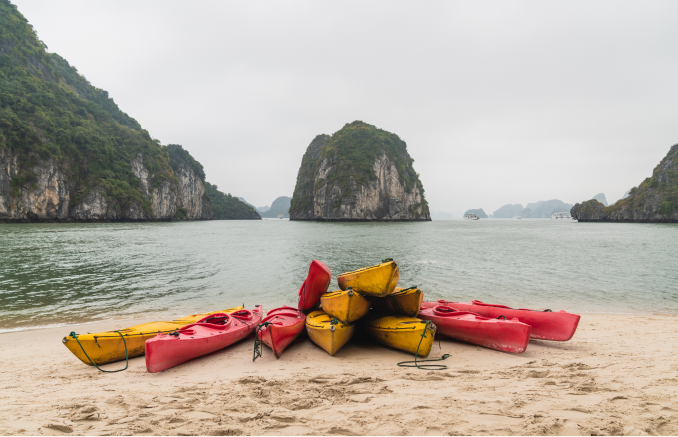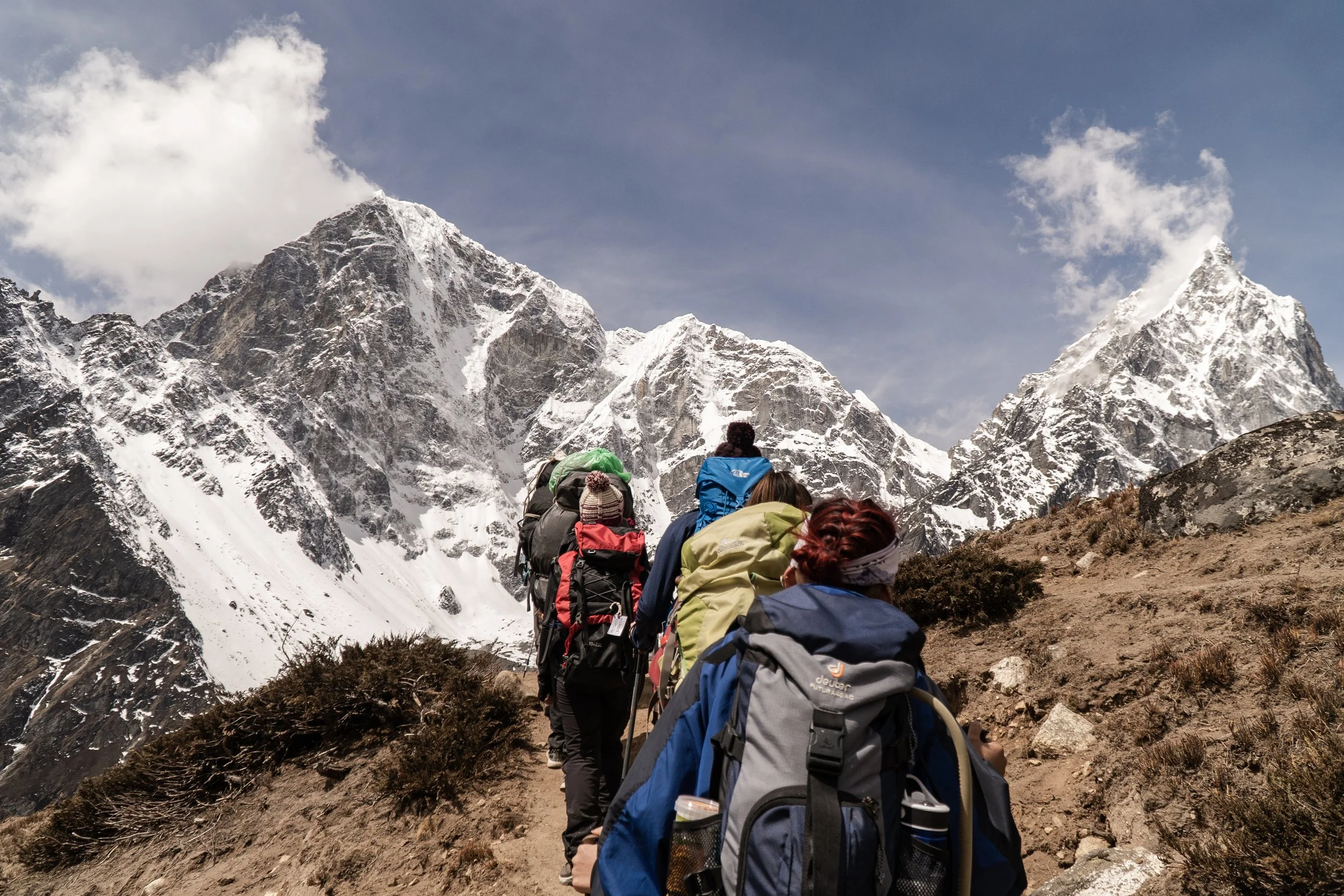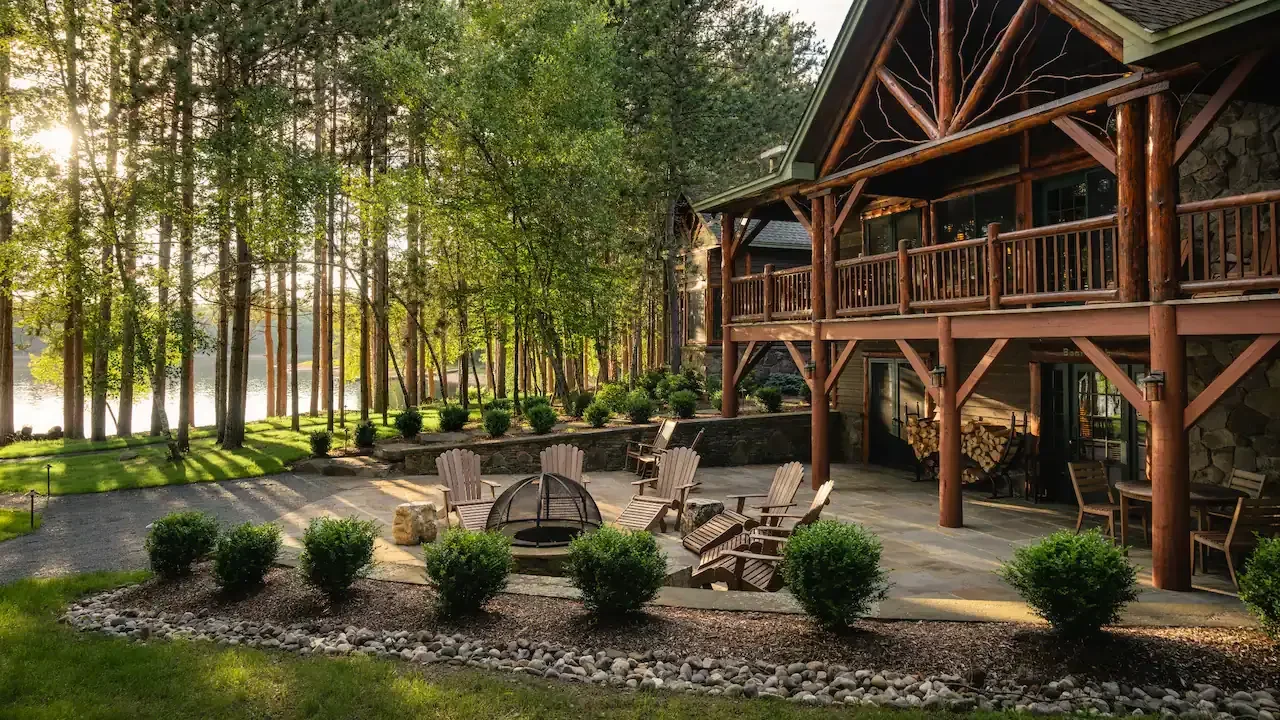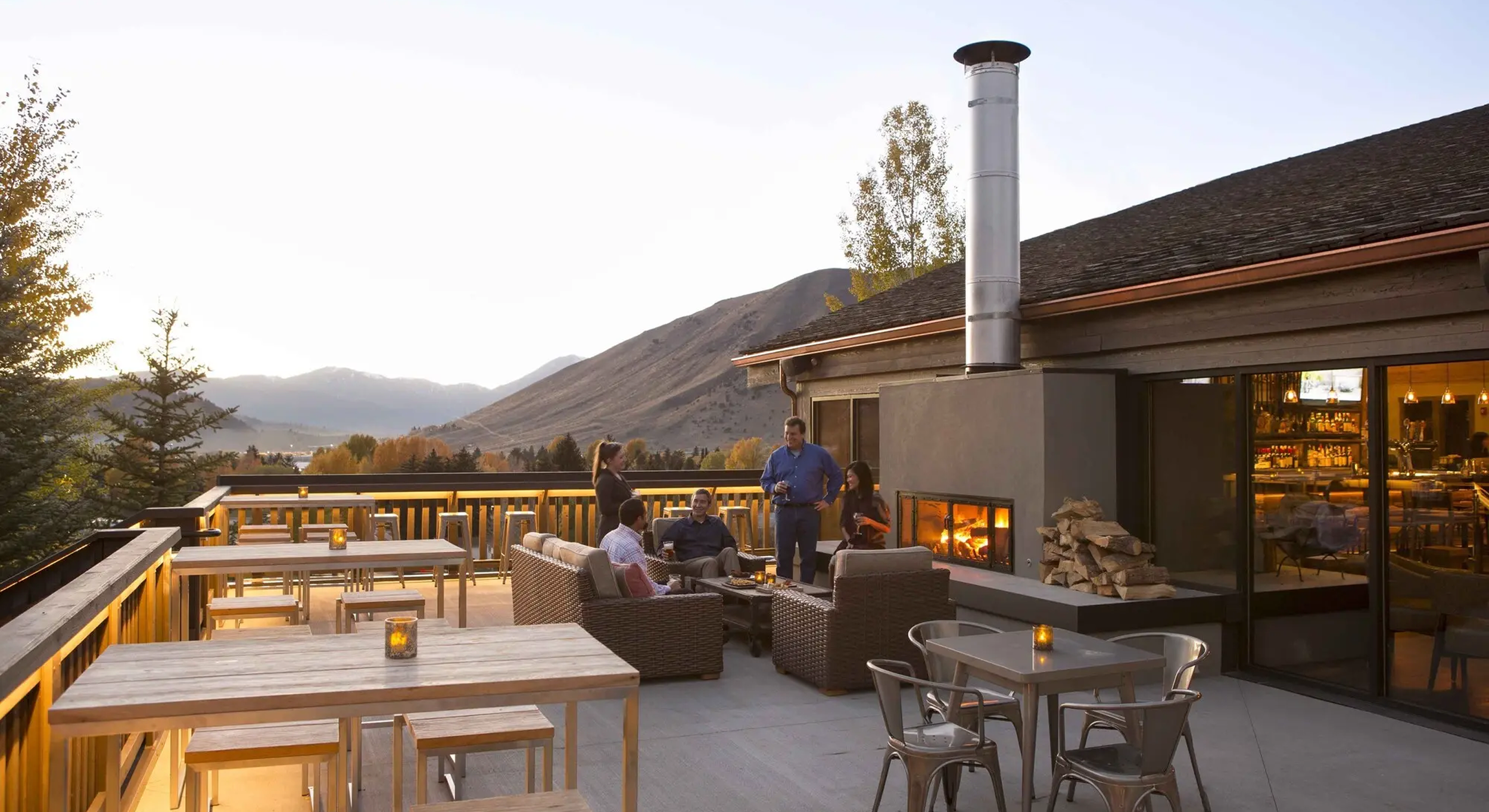How to Plan a Team Offsite
Planning
How to Plan a Team Offsite
BoomPop Team · 8/8/2024Have you been tasked with managing your team’s next offsite? Well, you’ve come to the right place. At BoomPop, we’ve planned hundreds of retreats for teams like yours, and we want to ensure you know the exact steps to take when project managing your next retreat.
We consistently see teams leaving offsites feeling refreshed and invigorated. These events not only help employees bond personally but also build trust and strengthen their connection to the organization. Thriving, collaborating, and enjoying themselves and bringing those memories back into your virtual or in person office.
But the benefits of a team offsite are only possible with proper planning and project management.
So, whether you’re planning a five-day retreat or a single-day event, the essential questions and considerations remain the same. So let’s discuss what you need to know when planning your next offsite!
How to Plan a Team Offsite
Planning a team offsite can be a multi-month project which includes budgeting, choosing a destination and venue, planning activities and an interactive agenda, and communication. Let’s take a look at each.
1. Create a Budget
The first step is setting a budget for your offsite. To help you gauge a tentative budget, set up a spreadsheet and consider the following as you play with numbers during research:
Flights/travel costs per teammate
Hotel nightly room cost
Breakfast, lunch, dinner
Activity costs
Swag/gift costs
If you intentionally set out to plan a 5 day offsite and find yourself over budget, cut back to 3 or 4 days. You can rearrange your agendas in such a way that you offer the impact you were hoping for in a shorter period of time.
Need help budget calculating? We have a budget calculator right on our website. And if you need a deeper dive on budgeting check out our ebook here.
2. Choosing a Destination and Venue
Think of your destination as the backdrop to the story you want to see play out. Each location has its unique advantages, so consider what aligns with your team’s personality and goals. Ask yourself:
Are we looking for urban or nature?
Is the team physically active?
Will we spend more time meeting or exploring?
Is the location optimal for those traveling in?
Be intentional with this step. Compare destinations and experiences to find the best fit for your team. This will be the part that takes the longest, but it is worth the time. When you get this part right, working on the agenda will be seamless.
3. Planning Activities and Agenda
This is where your offsite comes to life. Balance your management team’s goals with your team members' desires. Start with your strategic goals, then gather team input through surveys.
If your team needs relaxation, consider a glamping retreat with yoga and meditation. If they crave adventure, opt for rock climbing and hiking mixed with co-working sessions. Tailor the activities to meet both business and personal needs.
For more ideas on setting up an ideal agenda, check out our Agenda Planning post here.
4. Communication with Your Team
Once you’ve selected vendors, planned experiences, and finalized the itinerary, it’s time to communicate with your team.
Here are our guidelines:
Announce the city/location to build excitement (when location is finalized)
Share hotel details, dietary restrictions, and travel plans (after hotel contract is signed)
Inform the team about what to pack and what to expect (once you book vendors/activities)
To keep all your offsite information organized, use BoomPop’s Guest Website. It helps track the itinerary, send invites, and share important details so teammates feel prepared.
Additional Tips for a Great Offsite
To ensure your offsite is a success, follow these tips:
Gather Feedback: Use surveys to gather input before and after the event. This helps you understand your team’s preferences and improve future offsites. Colleagues love to get involved with the fun, frivolous parts of an offsite so let them share
Prioritize Inclusion and Safety: Cater to everyone’s needs by asking about comfort levels, dietary restrictions, and accessibility challenges. Ensure the offsite environment is safe and inclusive for all.
Balance Work and Play: Don’t overload the schedule with work. Mix in fun activities to foster creativity and connection. And then also bake in time for relaxation. It takes a lot of mental focus when in a new place, partaking in new activities and learning. This will lead to better engagement and more productive sessions when the team is supposed to be focusing.
We’re Here to Help
Planning a retreat shouldn't be stressful. Our team of experts can handle everything from venue sourcing to activity coordination, allowing you to focus on fostering connections with your team. Contact us today for a free consultation!






















